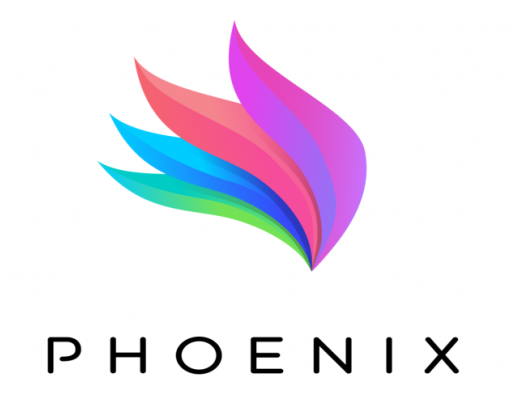Upgrading smartness of existing buildings with PHOENIX Project Solutions

Upgrading smartness of existing buildings with PHOENIX Project Solutions
Introduction
Today, the existing building stock represents the main challenge for a more efficient energy use, in buildings as well as across the whole energy system. An essential part of Europe's clean energy transition is the changing role of buildings from consuming energy to actively controlling and optimising indoor environment while contributing to energy system flexibility. Innovative technologies will enable smart buildings to interact with their occupants and the grid in real time and to manage themselves efficiently, so as to become an active element of the energy system.
The EU-funded PHOENIX project aims to design a portfolio of ICT solutions - covering all aspects from hardware and software upgrades needed in legacy equipment and optimal deployment of sensors, to data analytics and services for both building users and energy utilities – to provide the highest level of smartness to existing buildings. Intelligent and connected devices, smart sensors and controllers, supported by the uptake of artificial intelligence technologies, as well as edge/cloud computing methods, will create new opportunities for energy consumers.
The project is coordinated by the University of Murcia in Spain with the participation of 12 partners from 6 European countries ranging from academic institutions to industrial actors. The PHOENIX is planned to be demonstrated in 5 different real-world pilots, located in Thessaloniki (Greece), Dublin (Ireland), University of Murcia (Spain), Region of Murcia (Spain) and Skellefteå (Sweden). The project was launched in September 2020 and is planned to be completed in August 2023.
The concept
The project’s key objectives revolve around providing cost effective services, using innovative technologies, and enabling real-time communication with legacy equipment and smart devices. In accordance with the key objectives of the project, the reference architecture of PHOENIX project is defined which consist of the following high-level layers:
- Asset layer consists of heterogeneous legacy equipment and systems already deployed in the buildings that must be integrated and managed intelligently
- Integration layer provides the mechanisms for the remote control and data monitoring of different building equipment, systems and external data sources (i.e., weather predictions) with heterogeneous protocols and technologies.
- Knowledge layer consist of modular tools that create knowledge through data processing and analytic techniques on the way to upgrade the smartness of the buildings.
- Function layer includes multiple smart cost-effective services offered to the end users to optimise energy saving, occupants’ satisfaction, overall performance of the buildings and grid related operations.
- Business layer represents the point of view of the different business stakeholders through the incorporation of innovative business models.
PHOENIX Solutions for building customers
PHOENIX target to offer a rich portfolio of ICT technologies aiming at providing new human-centric services for building users. The project aspires to increase users’ engagement and awareness about their energy behaviour and optimize the user experience. At the functional layer of PHOENIX architecture, a set of smart services is defined in accordance with SRI principles, namely:
- Comfort, Convenience and Wellbeing application to enable the provision of non-energy services to the building occupants as a key aspect highlighted in the Smart Readiness Indicator methodology
- Predictive Maintenance application to perform the detection of anomalies either at building or at device level
- SRI/ EPC Evaluation application to automatically generate the evaluation of the EPC and the SRI of the building considered
- Smart Contracts Management application to enable plug and play energy contractual agreements in a deregulated market environment
- Demand Flexibility Management application to promote the active enrolment of residential premises in flexibility related services
- Self-consumption Optimization application to ensure maximum self-consumption at building level
The aforementioned business services are further accompanied by the development of the Building Occupants Visualization Dashboard as the user-centric reporting tool for building consumers and prosumers.